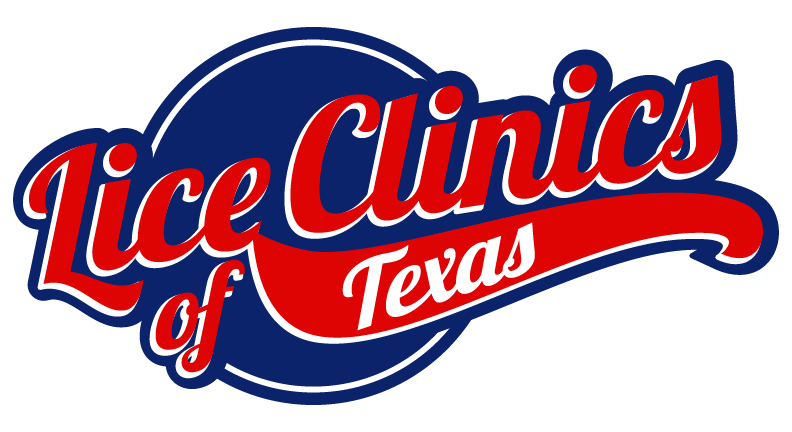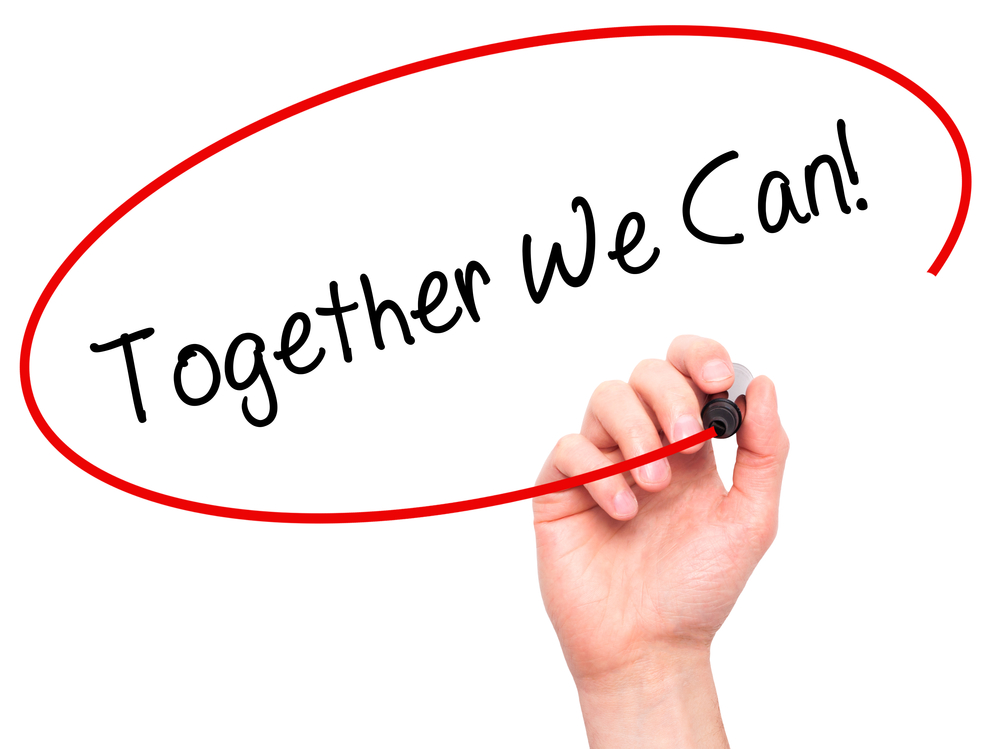Head lice: What is a louse exactly?
Head lice are the plural form of an insect that infects people. The louse, a single head lice, is a tiny insect about ⅛ inch long that uses human heads for a food source and heat source to survive. They feed on human blood several times per day. Head lice have a short 30-day lifespan but reproduce very quickly. Nits, or lice eggs, are hatched every 7-9 days, and lice mature quickly after that. Nits are white colored oval eggs that are literally glued to the base of hair strands when laid by the female. Although difficult to get rid of and pesky to deal with, head lice are not considered a health hazard.
Who can get head lice?
Anyone can get head lice, but most commonly children between the ages of 3-10. Although the number of older children and teens we see with head lice is definitely on the rise. They are not a sign of being dirty. Head lice are found everywhere throughout the world and are not an indication of race, social status, cleanliness or hygiene issues.
How does a head lice infestation occur?
Head lice are most commonly spread through direct head to head contact with someone else who is infected. They cannot jump or fly. Rather, they crawl quickly through the hair and find a new host to spread to. Personal items are also a quick way to become infected if shared with some who has head lice. Anything that touches the hair could potentially be harboring head lice. Animals do not spread head lice, they are a human parasite.
What are the signs of a head lice infestation?
Commonly head lice symptoms will take 2 to 3 weeks to start to manifest. Head lice and nits are most often found behind the ears, the neckline and the crown of the head. Some clear indications include an itchy scalp, scratch marks, red bumps from bites or rashes from irritated skin caused by fecal matter and saliva from head lice. If you need help diagnosing head lice, call Lice Clinics of Texas to perform a head lice check. Staff members are able to diagnose your problem and offer you quick and easy solutions. One reason this is advantageous for most parents is that it can be difficult to determine between head lice eggs, nits, and common dandruff.
How do you treat head lice?
For year doctors typically recommended over-the-counter (OTC) or prescription medicated (lice-killing) product. Unfortunately, head lice treatments such as OTC creams, pyrethrin based shampoos products, and powders are proving to be ineffective against the new wave of super head lice we are seeing across the United States and other countries. Overuse of these products for decades has made the head lice immune to their active ingredients.
How should you clean up the environment?
Lice that are knocked off of the human head are unable to survive longer than 24 hours. Nits that leave the warmth and humid environment of their human host can live up to two days on items used by the infected person. For that reason, we recommend the following to ensure head lice are not reintroduced to anyone in your home.
-Wash bedding, clothing, towels, pillows or any washable items that are possibly contaminated in hot water (above 130° F) and dry in a hot dryer.
-Clean combs, brushes and similar items by heating in water of at least 130° F for 10 minutes or in bleach water for thirty minutes.
-Clean floors, carpeting, and furniture by thorough vacuuming only. The use of insecticide sprays is not necessary.
-Cleaning efforts should happen on the day that head lice treatment is given. This will ensure that there is no reinfection and that the procedure will be effective.

